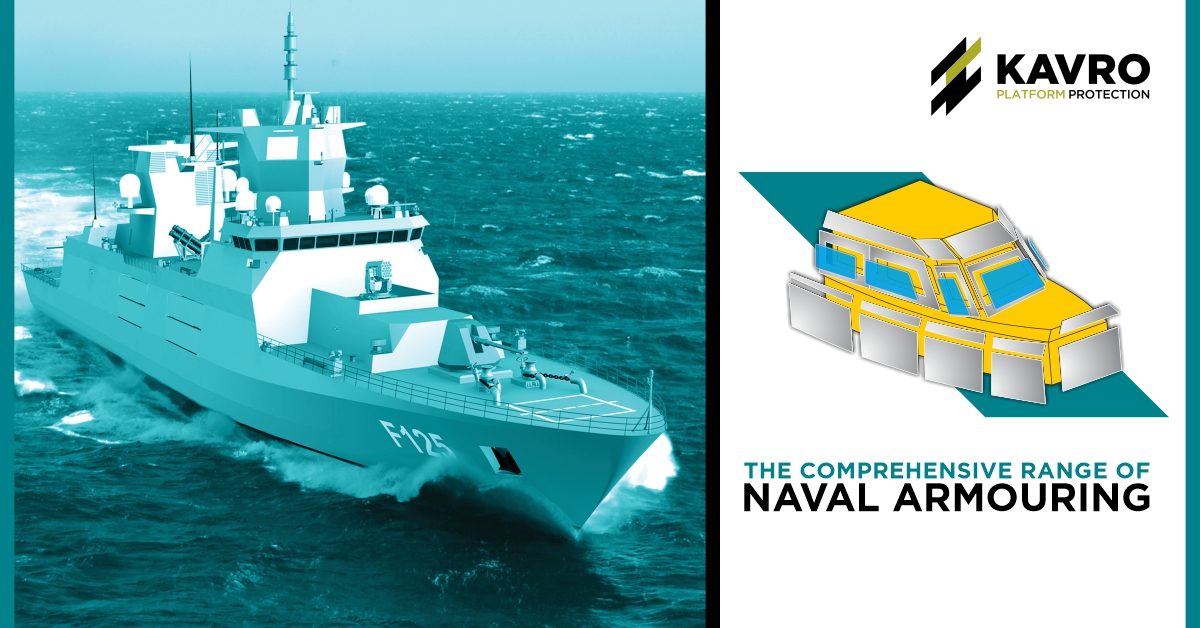In the past few years, the danger of sea piracy has burgeoned to a great extent. Its threat is not limited to any specific sea area or zone. In fact, the piracy threat has spread to nearly every region of the world. Almost every day the prime-time news reports the occurrence of pirate attacks. Whether it is a vessel raid or a ship hijack, the maritime threat is on an all-time high. In such situations, sometimes the crew and the naval vessel can get exposed to threats of life and property. These days, pirates are not only raiding big merchant vessels but also the luxury yachts of businessmen and celebrities, as the latter are easy targets for the pirates and criminals to hijack the yachts and hold the occupants at ransom.

SHIP ARMOURING
The increasing maritime threat has made marine protection and surveillance for both vessels and crew indispensable. Though vigilance, good surveillance, evasive action and ensuring safety best practices can serve as decent solutions for merchant ships to thwart piracy attempts, they are not foolproof. This is because, despite these solutions, there are still many challenges for sea-faring ships and mega yachts from pirates and criminals such as smugglers.
To begin with, crew members on merchant ships are mostly not trained to fight or confront a piracy attempt. In fact, most of them do not even carry weapons to protect themselves and retaliate. Though some maritime companies have deployed armed guards for protection on the high seas, it is still not an industry-wide practice. However, in order to fight sea piracy earnestly, measures to ensure the safety of crew members, the protection of assets and cargo need to be put into place.
 These measures can be brought to life by armor in particularly vulnerable zones on the merchant vessels, such as the captain’s deck, communication bridge and crew compartment areas, for ensuring ballistic protection against ammunition threats from high-caliber rifles and machine guns. Likewise, transportation boats or small vessels such as patrolling, interceptor and reconnaissance boats of law enforcement agencies too need ballistic protection as they are increasingly being exposed to ammunition threats.
These measures can be brought to life by armor in particularly vulnerable zones on the merchant vessels, such as the captain’s deck, communication bridge and crew compartment areas, for ensuring ballistic protection against ammunition threats from high-caliber rifles and machine guns. Likewise, transportation boats or small vessels such as patrolling, interceptor and reconnaissance boats of law enforcement agencies too need ballistic protection as they are increasingly being exposed to ammunition threats.
Just as important is the protection for the ships on high seas, it is also important for the small naval vessels such as fast patrol and interceptor boats of law enforcement agencies to be equipped with ballistic armour for protection from ammunition threats. As these fast patrol boats are used to engage with criminals such as terrorists and smugglers in coastal areas and river bodies by the law enforcement agencies, these vessels are prone to be fired upon by criminals with heavy machine guns and shoulder-mounted missiles. Hence, it is important to protect vulnerable areas such as the wheelhouse, engine room, fuel storage and crew resting areas that need to be reinforced with ballistic armoring solutions to keep the vessel and occupants safe from such ammunition threats. The gun-mount station is usually isolated in the front side of the interceptor or fast patrol boats, and to protect the gunner manning the gun station, this area too should be lined with the ballistic armoring solution.
In today’s changing threat landscape, offshore oil drilling rigs and sea-based transportation and supply routes have become an easy targets for terrorists to cause economic disruption in services to a country. To counter such threats, oil companies and their transportation partners to such offshore drilling rigs have to proactively equip the transportation vessels with ballistic protection from ammunition threats. So that the transfer of personnel and material supply to the isolated oil rigs is kept secured at all times.













